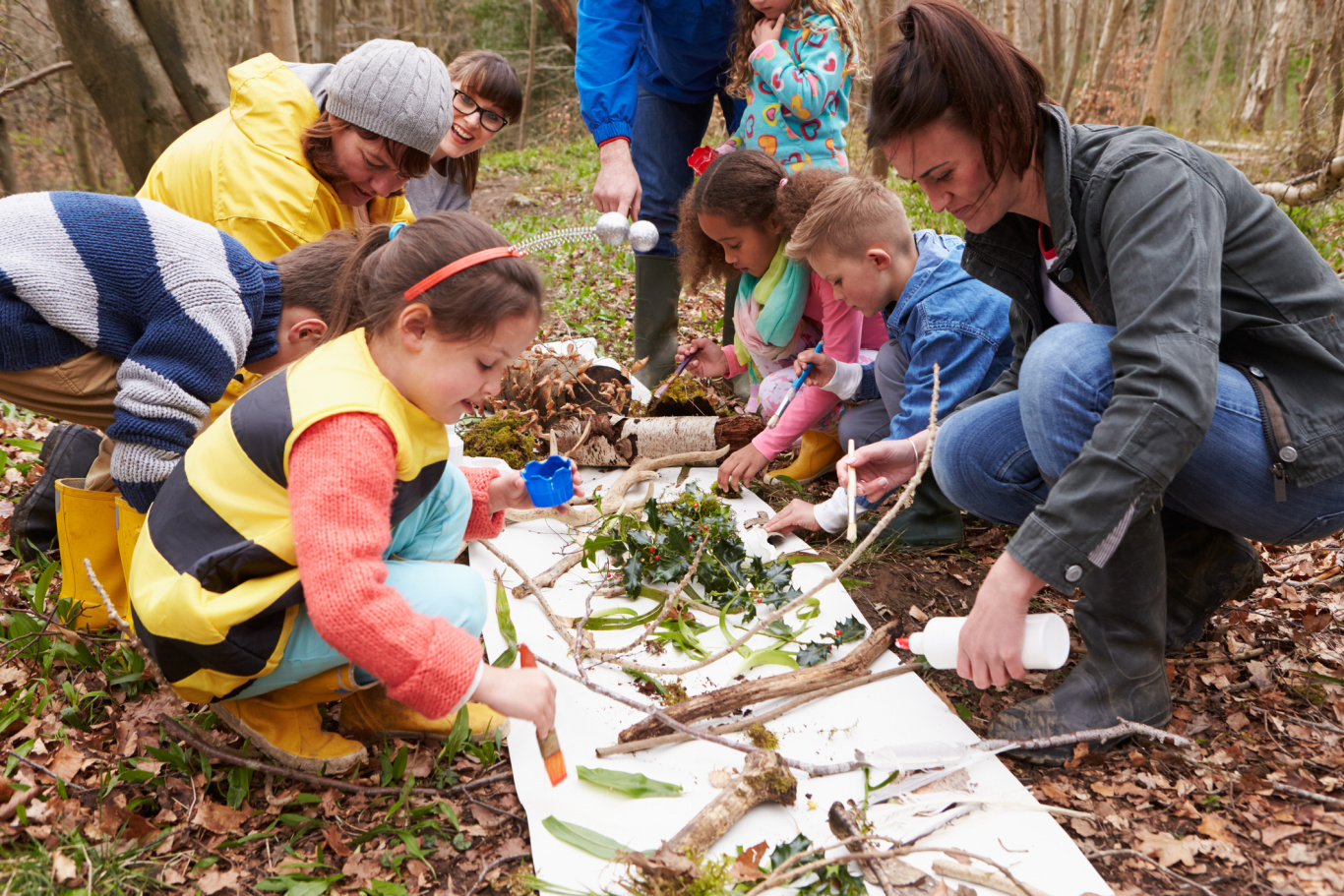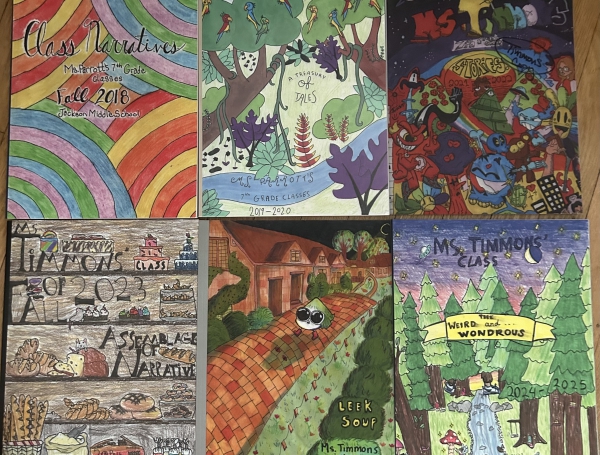

Math-Science Elective: Creative Ideas For Your Classroom
September 13, 2022
For most of my thirty-year career in education, I taught seventh and eighth-grade math. Several years ago, our school adopted the block schedule, and a unique opportunity was presented to me. Because I had an opening in my schedule, I proposed creating a math-science elective. My goal was to generate more interest in math and science. I also wanted to encourage students to pursue areas of interest within these content areas and to see that these disciplines are interrelated, even though they are often taught separately.
Because I started from scratch and had leeway for choosing topics, the first few semesters of teaching this class was somewhat experimental. I frequently requested feedback from students, which assisted me in developing the units for this class, and it was a work in progress.
A few of the more popular units were as follows:
- Infectious Diseases: Students learned some basics on this topic and then created PowerPoint presentations on a topic of their choice. They were required to include statistics and/or graphs.
- Nutrition: Perhaps the favorite activity in this unit was the cooking we did together. It was a fun way to learn fractions and measurement.
- Botany: Students worked on flower collections. There was assistance from another staff member with a strong background in botany. What a great excuse to go outside in the spring and explore the hills and fields behind our school.
- Geometry and Tessellations: We reviewed the basic geometry involved in creating tessellations. The project for this unit was to create a unique design and color it with markers or highlighters. The bulletin board displaying their work was eye-catching.
- Engineering Disasters: Students chose to work alone or with a partner to research a topic from a list generated from watching a video. Even experts make mistakes and learn from them. The research was shared with the class through presentations or PowerPoint.
- Math and Money: The history of money was explored. Students learned about credit unions and banks from a guest speaker. A video explaining credit cards was shown. Students practiced balancing a checkbook.
- Logic: A variety of logic problems were solved. We discussed various strategies that could be used to be successful. Students were encouraged to work together as this unit could be stressful for students who found math difficult.
- Insects: Students learned about the most common orders and started a collection. This was another opportunity to invite a guest speaker.
- History of Math: This unit consisted of exploring history through the important mathematicians. Students researched a famous mathematician and created posters to present. They soon discovered that many mathematicians are also noted for their contributions to other fields.
I believe that this class was successful for several reasons. Students were assessed exclusively by their projects and in-class activities. They were given rubrics explaining the expectations, which became clearer as the class developed. There were more opportunities for student choice. There was more flexibility than is possible in a core class which is required to cover much more material in a shorter amount of time. I received suggestions for new projects and new topics to explore through student feedback.
I thoroughly enjoyed creating and teaching this class. I saw some of my students in a whole new light. Because I taught math, I did not often see how talented some were in art, for example. They had more freedom to be creative, and their love for art shone through in their projects and presentations. We live in a rural area, and many of my students love science and the opportunity to learn more through research. The atmosphere was relaxed and less stressful than in a core class, where we often inadvertently create stress with required testing. Hopefully, some gained more confidence in their abilities to learn math and science.
In about ten years, our school changed schedules once again. But this class remains one of my favorite experiences of my teaching career.
This guest article was written by MaryAnn Drury while taking the online continuing education course, So Each May Learn: Integrating Learning Styles & Multiple Intelligences, by THI instructor Mary Ann Johnson.




